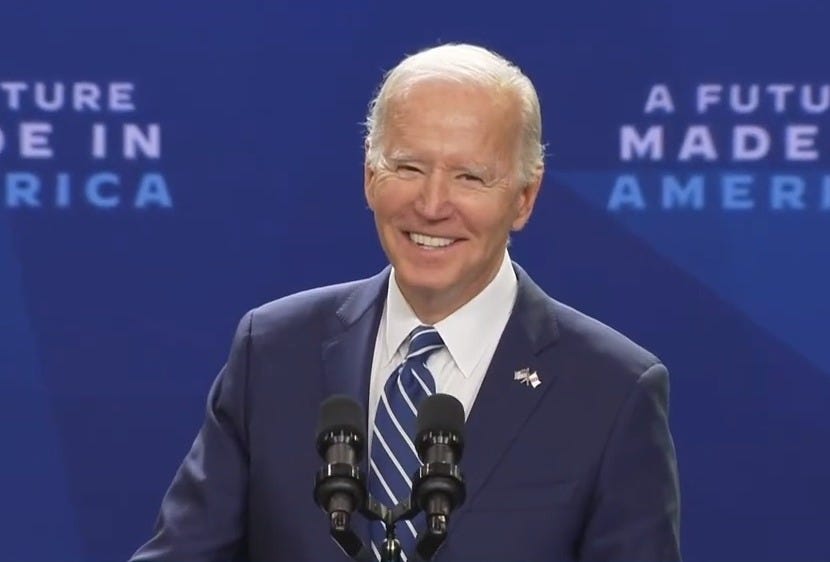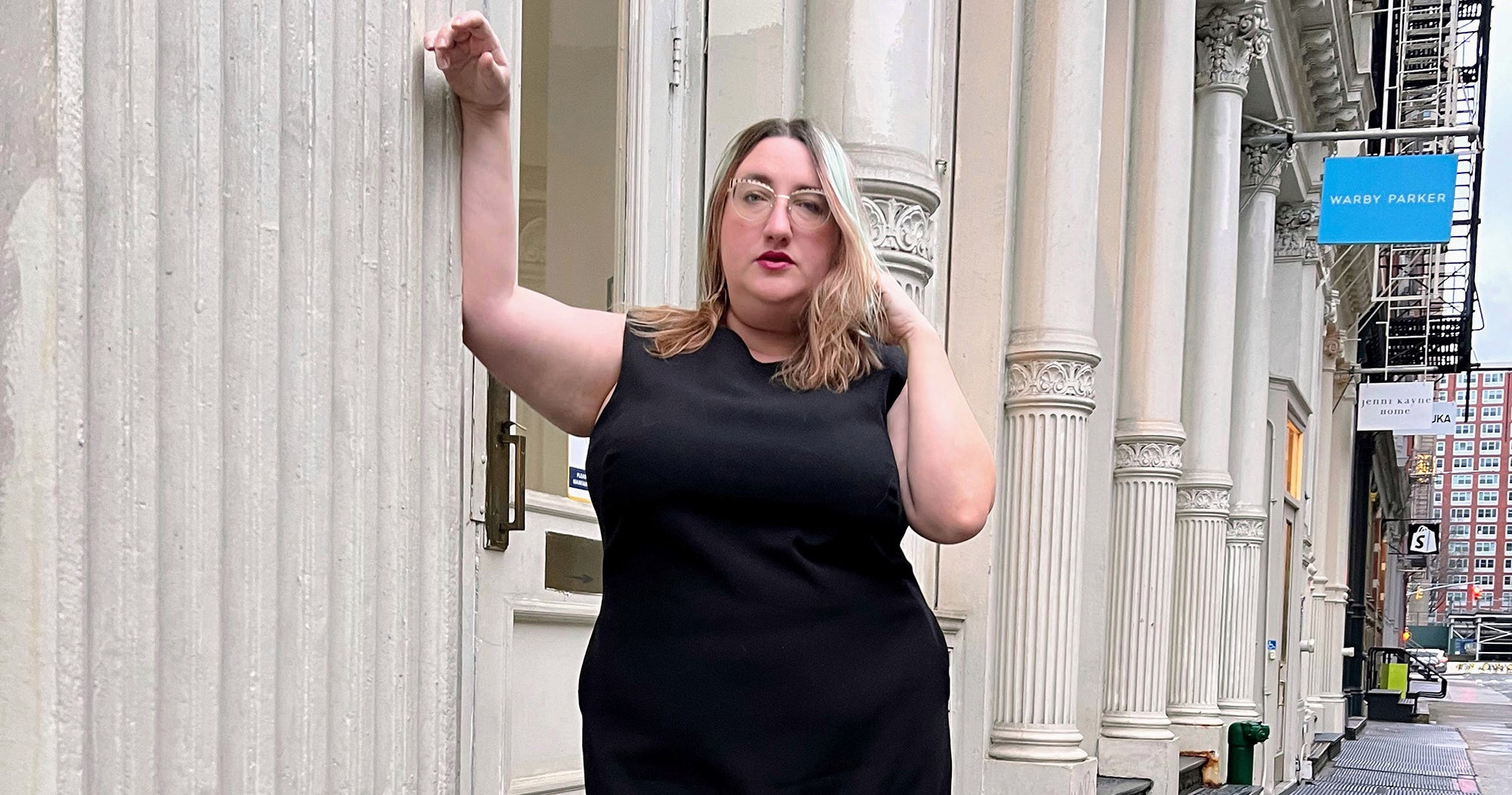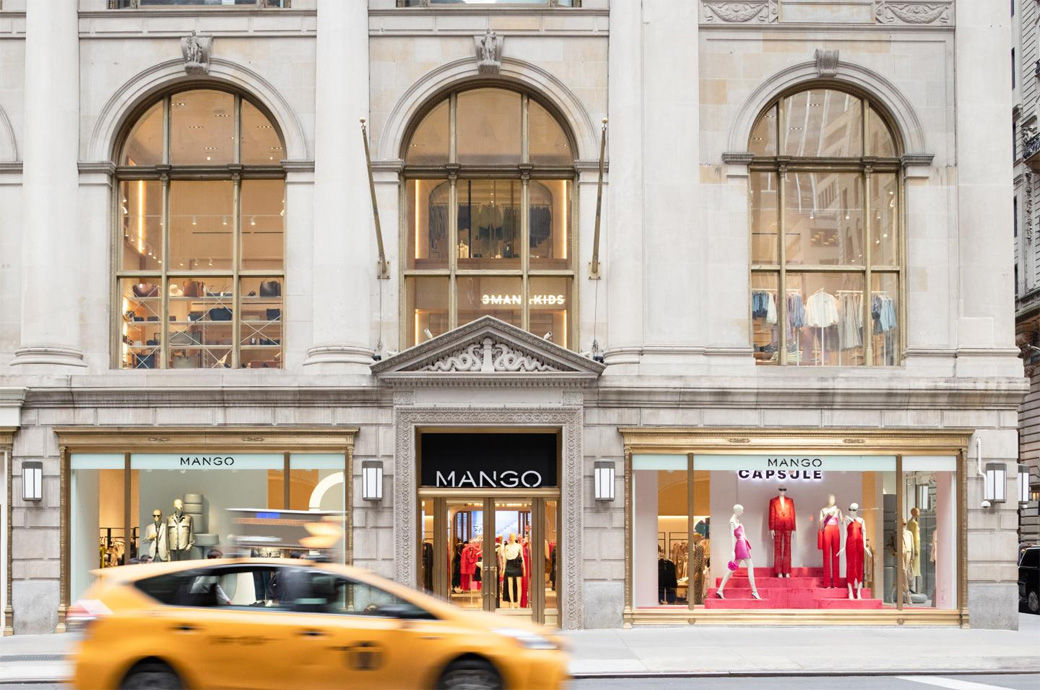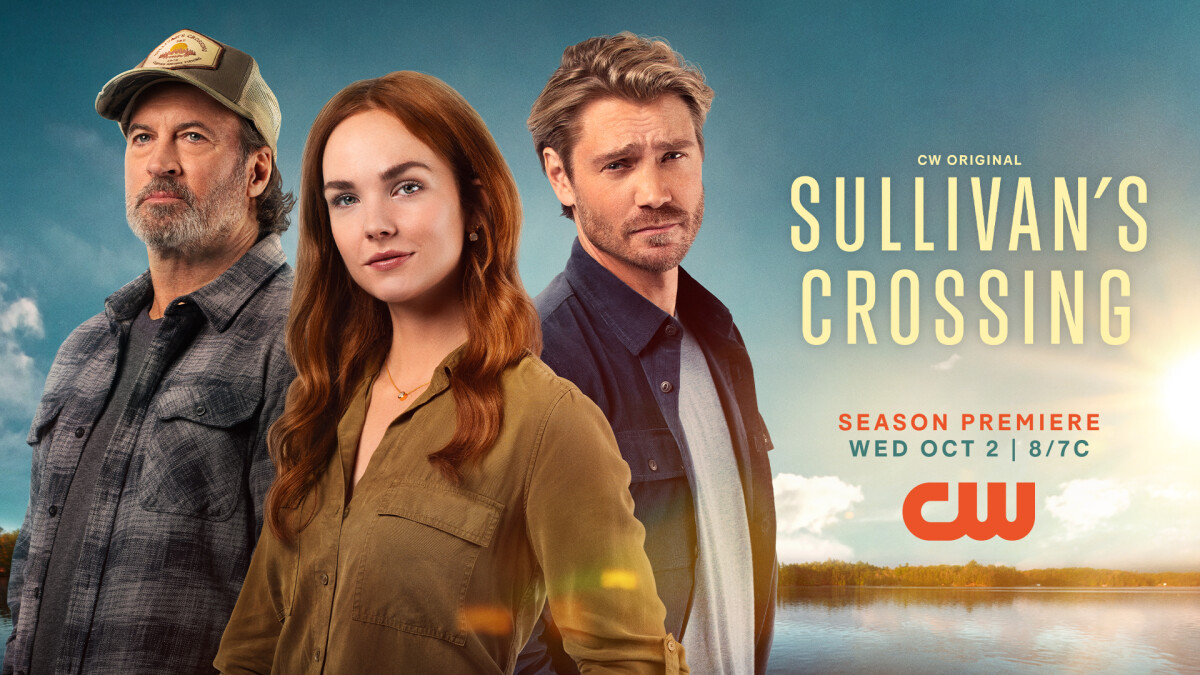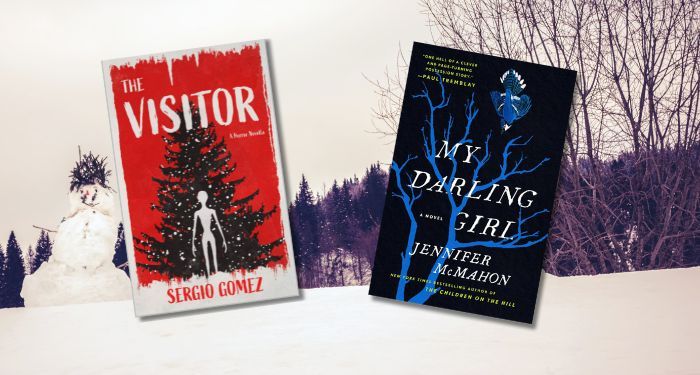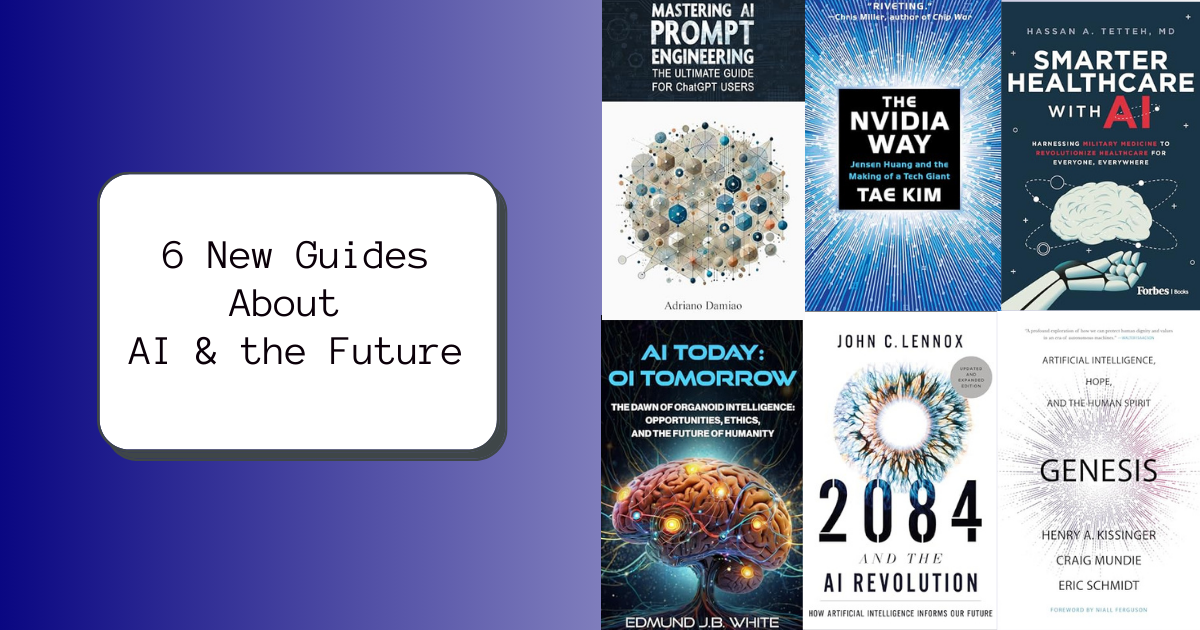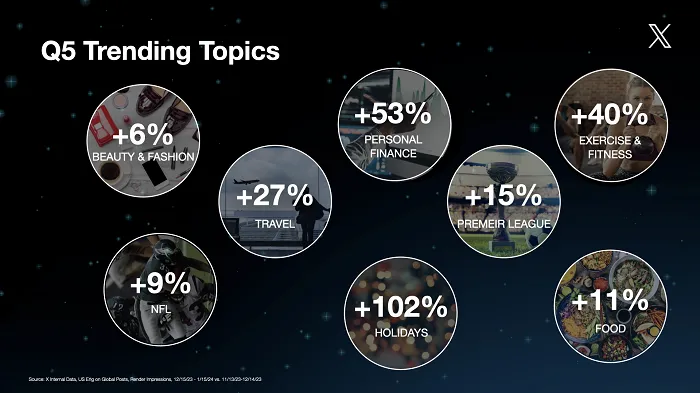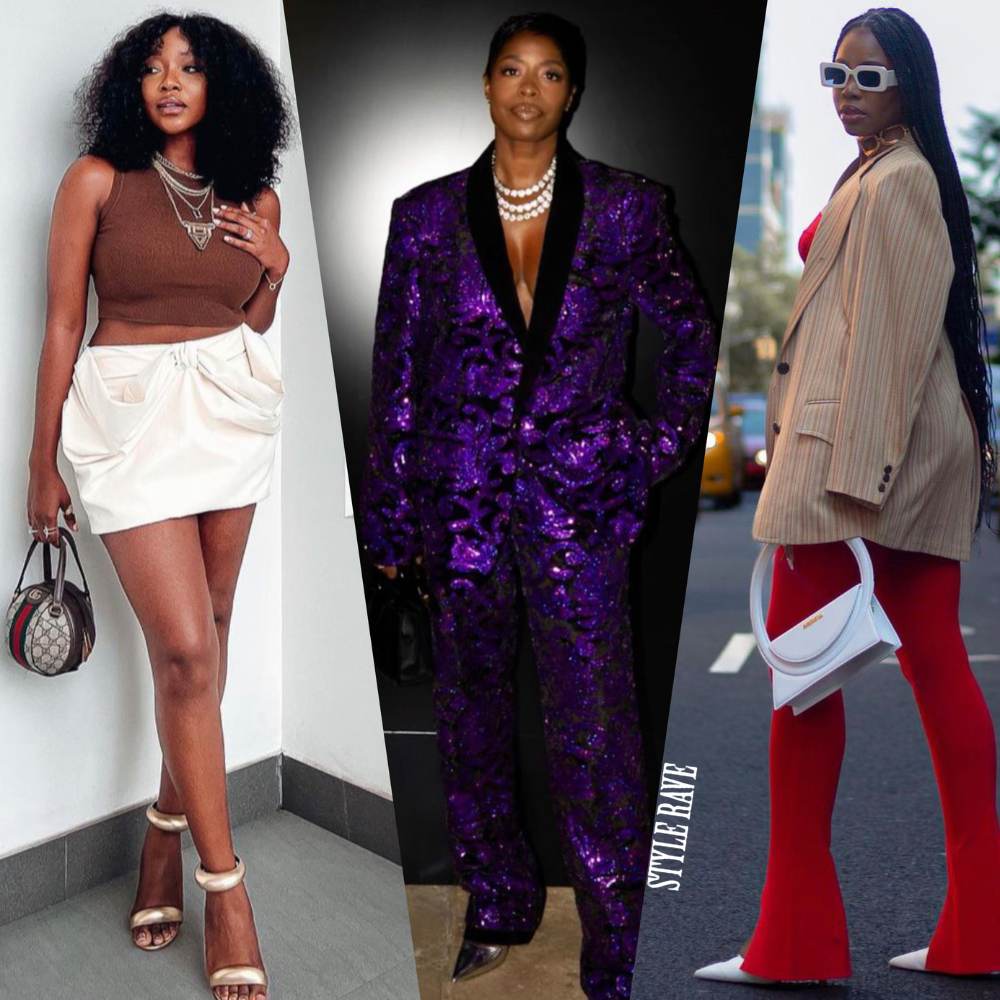Looking to build out your Instagram approach for the holiday push?
While TikTok has stolen some of its thunder, and there’s a level of confusion around Instagram’s broader push to get more video content into people’s feeds, it still remains a hugely popular app, and it can be a great platform for building community, and maximizing reach, when used the right way.
But you can’t come into Instagram without a plan. You need to understand what works in your niche, what people are looking for in the app, and how to best lean into the latest algorithmic shifts to maximize your brand appeal.
If you’re looking to refine your IG approach, here are some tips to help get your IG presence on the right track.
Fill Out Your Profile Completely
This seems like a no-brainer – of course you’ve already done this. But Instagram, like all social media apps, is always making changes and rolling out updates, and within that, it is possible that you may have missed or overlooked something that could be critical to how it now sorts content and displays search results.
Make sure you switch to an Instagram Business Account and fill out all the relevant details relating to your business.

Once you have an IG business account, you’ll be able to run ads, access analytics, get displayed in relevant discovery elements in the app, etc.
Instagram also provides three additional tips for those filling out their business details:
- Use emojis or hashtags to highlight keywords
- Include a link to your website or online shop
- Choose a simple and clear photo
For more information on getting started with an IG business account, you can check out Instagram’s resources and guides, where you can also access a free, tailored Instagram business plan, aligned with your business goals.
Collect Key Terms
Once you’ve got all your details down, and you’ve set up your profile, you need to get an idea of what the key trends are in your niche, in order to help guide your content and hashtag approach.
Two key research tools here are Google Keyword Planner and Instagram itself.
Keyword Planner enables you to search for key terms based on Google Search trends. So, for example, let’s say we’re looking to sell basketball shoes, you can enter ‘basketball shoes’ as a search term and get a full listing of related searches, which you can sort by popularity, competition, trending interest and more.

In this example, I’ve removed all of the directly branded searches to provide a clearer idea of generalized trends for content ideas.
As you can see, there are some good ideas in there, including ‘best basketball shoes’, ‘league basketball shoes’ (i.e. what sneakers NBA players are wearing), and ‘best basketball shoes for jumping’.
Building this out, you can start to get an idea of certain content directions, like, for example, creating your own video reviews of new sneakers, rundowns of the most popular shoes worn by NBA stars, feature overviews based on purpose (running, jumping) and more.
Another tool to consider here is Google Trends, and checking in with the latest trending topics, to see if there’s anything of relevance for your brand.

Most of these won’t be relevant, but maybe, there could be a brand or niche-specific angle for your posts, which could help to inform your content approach.
Regularly checking in which Keyword Planner and Google Trends will help you stay up to date on the latest, ensuring that you’re providing content that’s relevant to what people are searching for.
Which then leads to Instagram specifically.
Using the topics you’ve found in Keyword Planner, you can then enter in the most relevant terms on IG to get a measure of search volume.

Instagram now, helpfully, includes a listing of the number of posts that have used a certain hashtag, which is great for digging into key trends on a topic, while the additional listing of related tags also provides more context.
It’s important, too, that you take a look at what types of posts are showing up in each hashtag search. Many times I’ve done research and found that the hashtags most used by businesses are actually not being used the same by users. Many businesses in Canberra, Australia, for example, often use the abbreviated hashtag #CBR, which is actually dominated by motorbike content.
Taking a moment to check through and ensure that your hashtags are both being used, and are being used in the way that you expect, is important.
Through this combined research, you’ll then have a listing of key topic trends and hashtags to build your IG strategy around, ensuring that you’re using the right hashtags to maximize reach, and that you’re posting updates of relevance to your target audience.
Posting Best Practices
The next step is to start posting, and building your presence in the app.
This is the hard slog – you’re unlikely to see big response early on, but you also need to have that foundation of posts to get people aware of your presence – i.e. you want content for people to see when they tap through to your profile.
In terms of building your presence, Instagram offers these three guide notes:

The most specific posting note here is to develop a style that remains consistent throughout your posts, based on colors used, settings, stickers, emoji etc.
Establish what you want your brand look on Instagram to be, which will then help you build a more unique and definitive brand presence in the app.
In terms of product shots, you should look to get a mini-studio, of sorts, together where you can take photos on a solid background with proper lighting and staging. This doesn’t have to be an expensive set-up necessarily – check out these tips from Canva.
You can also consider image/text-based posts to enhance interest, and ask questions of your audience to boost engagement. The key to optimal social media posting is enticing engagement, and you do that by sparking emotional response with your posts.
What are their key pain points? What are the latest trends, and how do they relate to your brand? What are people talking about on forum sites like Reddit and Quora in relation to your industry? Gathering notes on these elements can help you both showcase your industry knowledge and increase engagement, by aligning with the key queries that your audience likely has.
Some other key posting notes to keep in mind:
- Instagram tries to recommend content which is similar to the accounts that people have chosen to follow, so it may be worth conducting more research into what other brands in your industry, particularly those that are doing well on IG, are posting, in order to better align with the specific elements that could then see your content highlighted to your target consumers
- ‘Freshness’ is important within Instagram’s algorithmic approach, which means that you need to be posting regularly to ensure that you’re maximizing your opportunities in this respect
‘Regularly’ in this context is not specific, but you should aim to be posting at least a few times a week initially, in order to build and measure audience response.
In terms of when to post, according to data from Sprout Social, the current best times to post on IG are Mondays at 11 am, Tuesdays and Wednesdays between 10am and 2pm, and Thursdays and Fridays between 10am and 12pm.

As you can see in the chart above, Sunday, according to Sprout’s data, is the worst day to post in the app. But this is all relative, and there are no universal ‘best times’ as such, it’s all based on your individual audience and their behaviors in the app.
These insights may help to provide some direction in your process, but you need to test, measure and iterate to see what works best for your posting approach.
Use Instagram Reels
Whether you like it or not, Instagram itself says that Reels ‘is the future of video storytelling on Instagram’, and as such, it’s worth leaning into Reels to ensure that you’re maximizing your opportunities in the app.
Because Instagram really wants more people to watch more Reels, and as such, it’s going to show more of them wherever it can in the app.
Creating Reels is about latching into trends and styles, so it does take some research to ensure that you’re across the latest. But you can also cheat a little – Instagram enables you to use a popular Reel as a template, which means you can replicate the style and format of any popular Reel you find.

That can take a little bit of the creative pressure off, while you can also convert still images to video assets, or use the various effects tools in the app, to liven up your Reels posts.
In terms of specific creation notes, Instagram says that businesses should highlight their brand within the first few seconds of their Reels clips.
Also, note the ‘safe zones’ when recording – i.e. where your video won’t be disrupted by UI elements.

There are various ways to use video clips to showcase your business, and it’s definitely worth considering how you can incorporate video into your planning, in line with broader content consumption trends.
Note also that videos up to 60 seconds long will now play in full in IG Stories and will not be split into 15-second segments.
Creator Partnerships
The last key consideration on IG is creator partnerships, and getting relevant creators, who are already popular in the app, to help promote your brand.
There are no definitive rules on how you go about this, but you can use Instagram’s Creator Marketplace to locate relevant creator partners by topic, location, audience reach, etc. (if you don’t have access, you can sign up to the waitlist here)

You can also look up relevant creators that are posting using your focus hashtags, or by topic search in Explore.
Once you find the right creators that you would like to partner with, you can reach out to them, either via Creator Marketplace or direct, and propose a partnership, or even just to send them a free sample, to form an initial link.
Getting the right influencers to talk about your product can have a huge impact, and it’s definitely worth considering as a means to help grow your audience, and boost brand awareness in the app.
You could also consider partnering with local businesses as a cross-promotional exercise.
As with all social platforms, building an Instagram presence takes time, and you need to test, measure and iterate throughout the process to maximize your opportunities. Hopefully, these tips will help to get you on the right track in improving your IG performance this holiday season, and beyond.












